Modern Microcontrollers come with inbuilt CAN controllers. Their output usually work on 5V whereas the actual CAN Physical Bus works on 1.5 and 2.5 Volts. This transceiver takesk care to convert the signal both ways and maintain communication with between a microcontroller and CAN Bus.
Note: Get this module only if your microcontroller has an onboard CAN Controller. If not get a CAN to SPI or CAN to UART Converter.
A CAN transceiver circuit is a circuit that can communicate with the CAN bus and extract data from it. Multiple electrical subsystems can connect to the CAN bus and each can communicate with the microcontroller or CAN chip connected, though not at the same time. This allows the microcontroller to analyze data from all of these units and respond accordingly to the data and which subsystems are priority. It’s a message-based communication system between the microcontroller and all the electrical subsystems on the CAN bus.
A CAN bus stands for Controller Area Network bus. It is a type of communication hub in which many devices, or nodes, can be connected up to it. It is a message-based protocol, a type of multiplex electrical wiring system.
The CAN bus is used in many applications, the most common being in automobiles. Many cars are equipped with a CAN bus and exchange messages through this bus.
The CJMCU-2551 MCP2551 CAN Protocol Controller High-speed Interface Module is a high speed CAN Transceiver, with fault-tolerant capabilities. It acts as an interfacing device between CAN protocol and the physical bus. The device, MCP2551 provides differential transmit and receive capabilities and is compliant with the ISO-11898, including the 24V requirements. Data transfer rate of up to 1Mb/s is achievable with this module.
The module also provides a buffer between the CAN controller and the high-voltage spikes that can be generated on the CAN bus by outside sources like EMI, ESD, electrical transients, etc.
FEATURES:
- Supports 1 Mb/s operation
- Implements ISO-11898 standard physical layer requirements
- Suitable for 12V and 24V systems
- The externally-controlled slope for reduced RFI emissions
- Detection of ground fault (permanent Dominant) on TXD input
- Power-on Reset and voltage brown-out protection
- An unpowered node or brown-out event will not disturb the CAN bus
- Low current standby operation
- Protection against damage due to short-circuit conditions (positive or negative battery voltage)
- Protection against high-voltage transients
- Automatic thermal shutdown protection
- Up to 112 nodes can be connected
- High-noise immunity due to differential bus implementation
- Temperature ranges:
Industrial (I): -40C to +85C
Extended (E): -40C to +125C


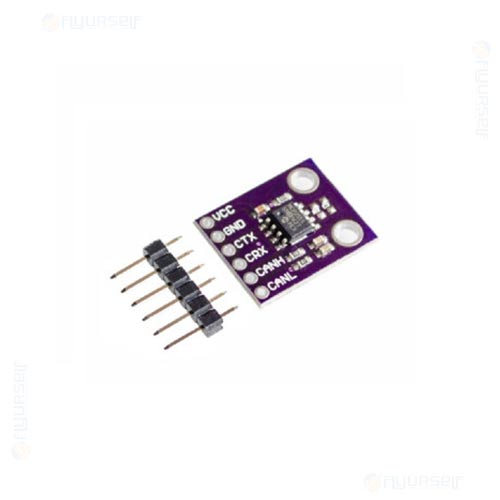
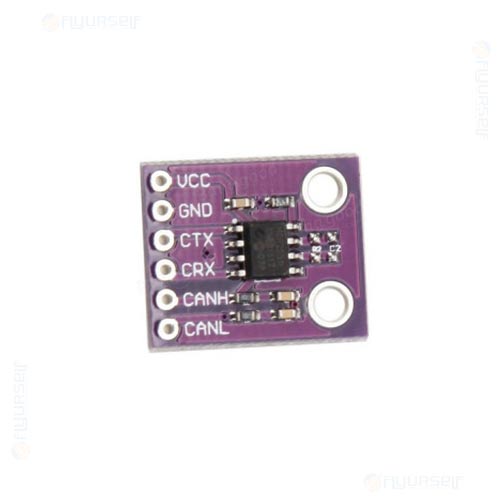
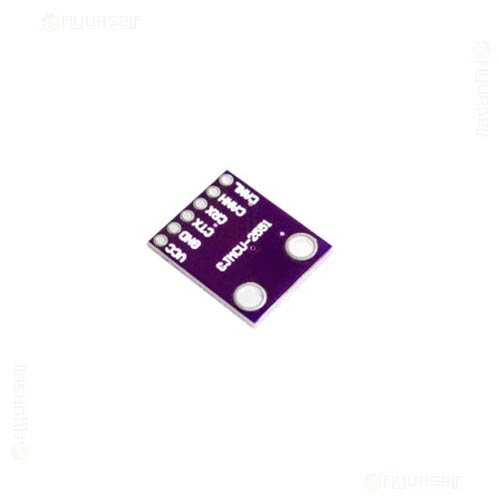
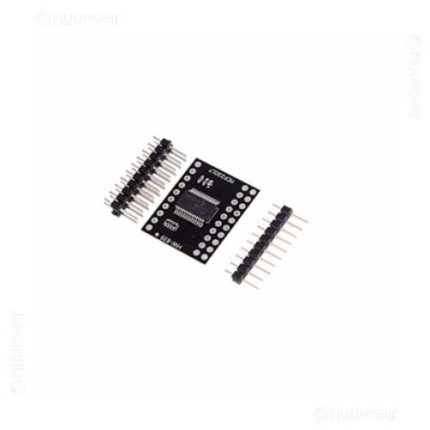



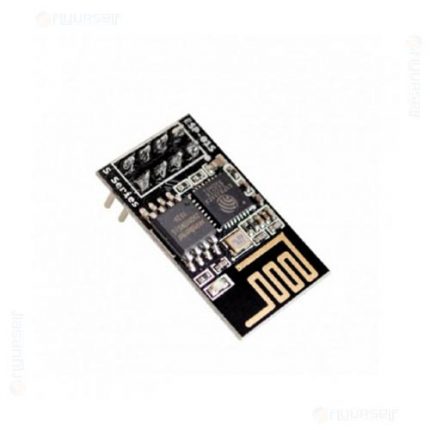
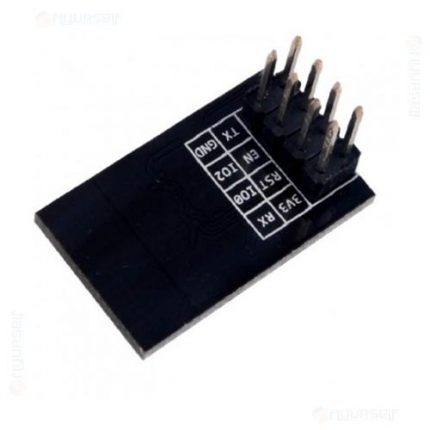
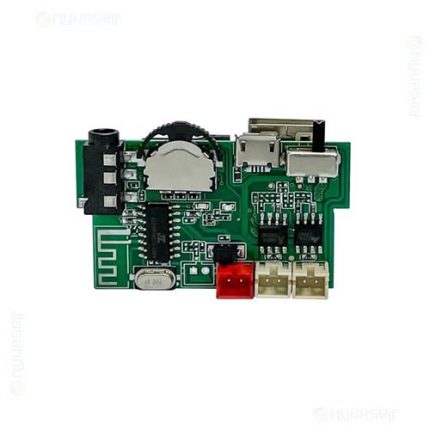

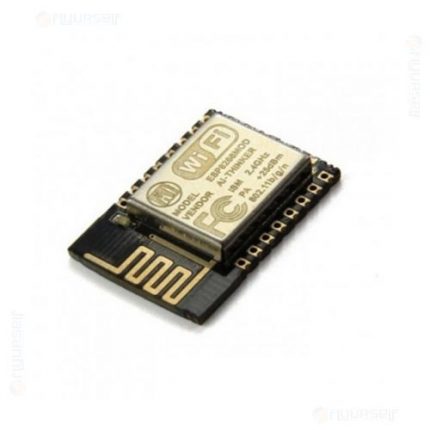
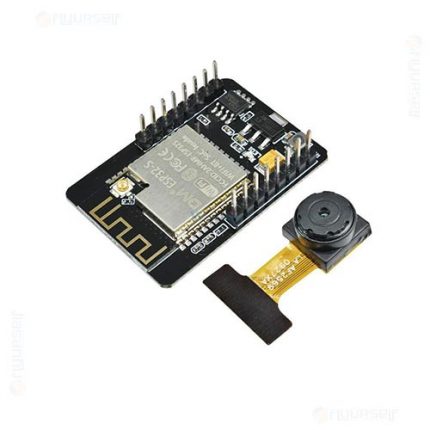
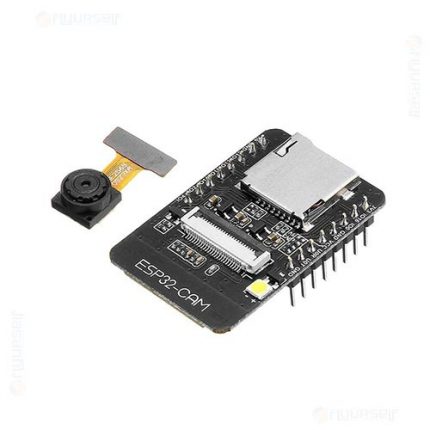
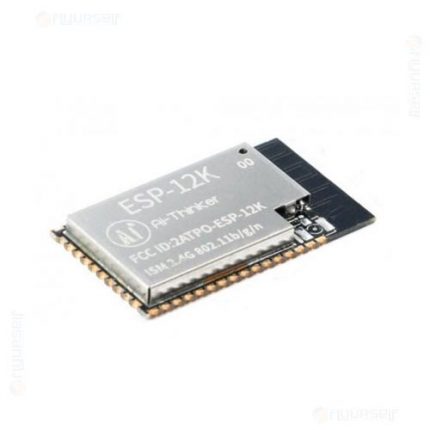
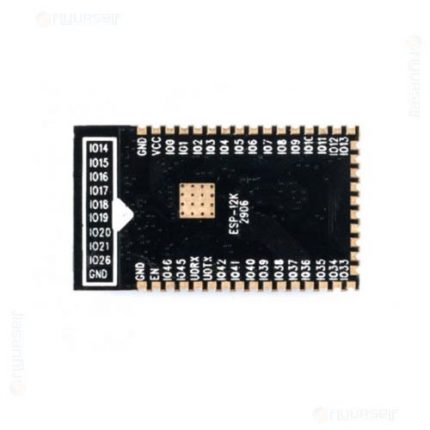
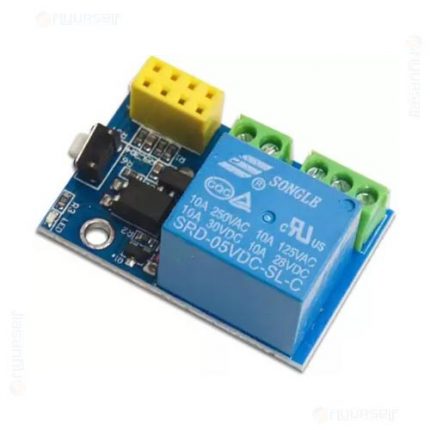
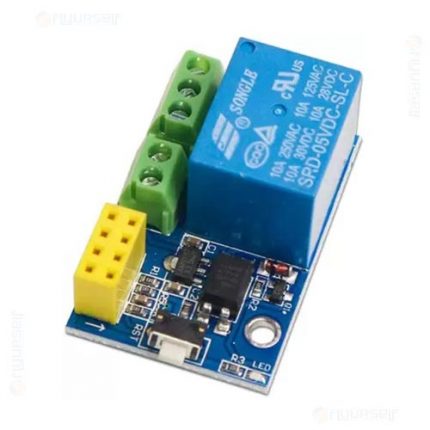
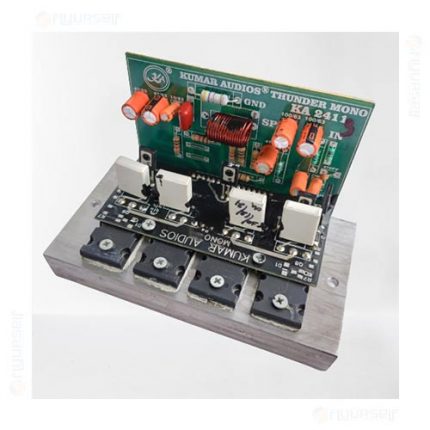
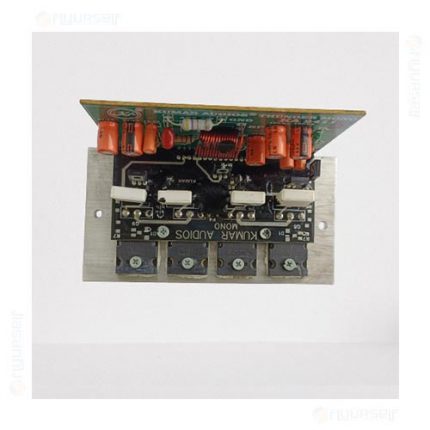

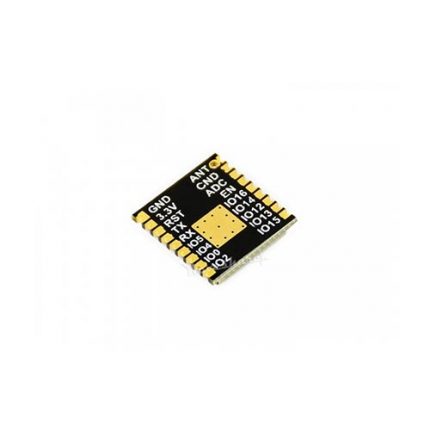

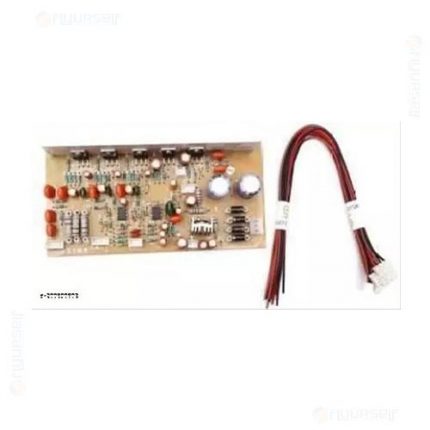

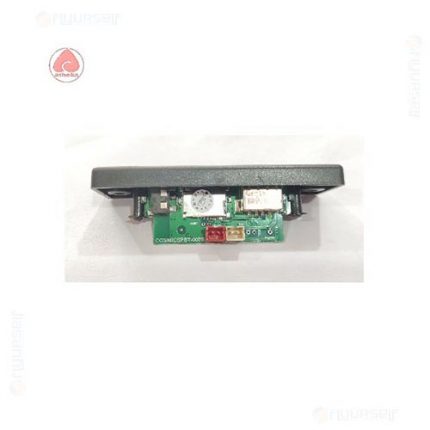
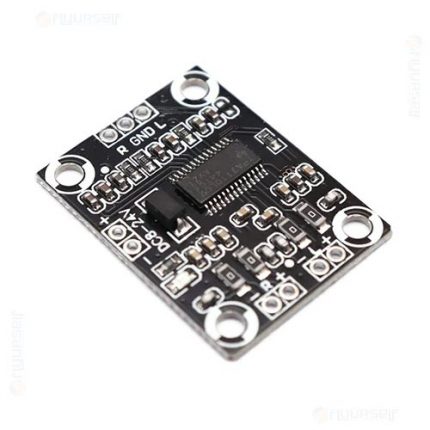

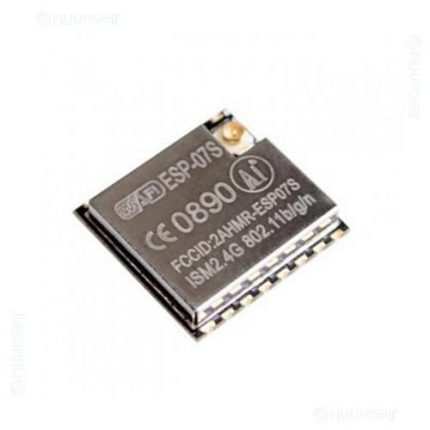

Reviews
There are no reviews yet.